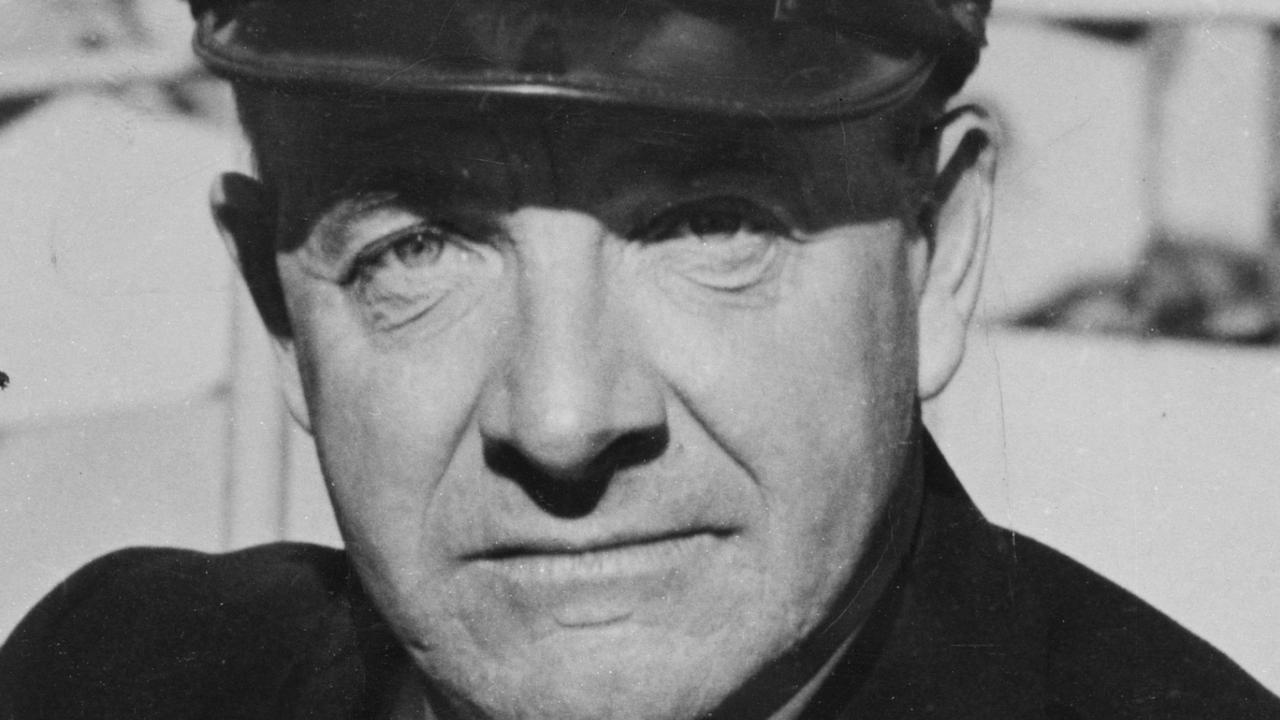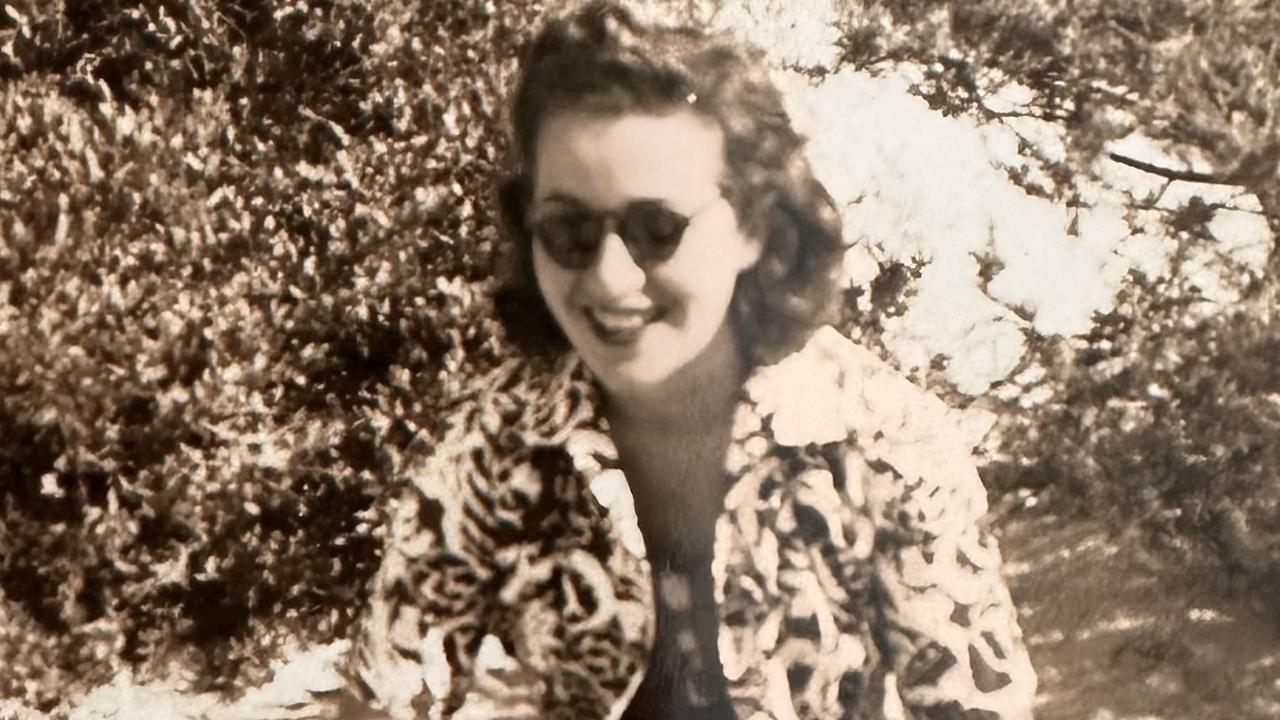Young Australians lost in Thames party boat tragedy
The Marchioness had survived Dunkirk but on August 20, 1989, met a tragic fate while cruising the Thames
The pleasure craft Marchioness had been a regular sight on the Thames for decades, carrying tourists, partygoers and anybody else who wanted to take in the sights of London’s mighty river. The refurbished 70-year-old boat had been through some adventures and undergone some refits and refurbishments in its colourful career, but that was all about to come to a tragic end.
Just after midnight on the hot summer evening of August 20, 1989, 30 years ago today, a group of about 130 people boarded the boat at Charing Cross Pier for an all-night birthday party. The boat was meant to leave at 1am but delays kept it at the dock until about 1.25am.
Upstream, the Bowbelle, a sand dredger, had left its berth at the Nine Elms at about 1.12am. The faster Bowbelle eventually converged on the Marchioness and just after both had passed under Southwark Bridge, they collided. The much larger dredger turned the pleasure craft sideways, tipping it over, causing the upper deck to be ripped off by the Bowbelle’s anchor.
The party had just started aboard the Marchioness but suddenly the boat was plunged into darkness, flipped over and pushed beneath the waters. Without time to deploy lifeboats dozens of people were thrown into the waters or pulled down with the boat. The final death toll would be 51 people, including five Australians. It would take years of lobbying by family members of those who died or were affected by the sinking to get answers about why the disaster occurred.

The Marchioness was built in 1923 by the Salter Brothers of Oxford, for Joseph Mears, who ran a fleet of launches for pleasure cruises and commuters along the Thames. The boat originally had an open upper deck, which allowed tourists to see the sights along the river. In 1940, the Marchioness was one of the “Little Ships” requisitioned by the military for service during the Dunkirk evacuation. After helping to save British troops trapped on the beach in France, the vessel then served as an emergency transport vehicle up and down the Thames. The Marchioness, along with the Kingwood and Hurlingham, took emergency medical cases along the river to avoid the congestion or perhaps obstructions from bombing along the roads and to make sure that fewer casualties were seen by people in the streets.
Mears sold the boat in 1946 to Thames Launches. In 1950, the company replaced the outdated steam engine with a diesel one and over the years various other modifications were made to the vessel. In 1978 it was owned by Thames Party Boats but was bought in 1979 by Tidal Cruises as part of its fleet. The new owners enclosed all decks, obscuring part of the view from the wheelhouse and making it harder for people to escape in an emergency.
The ship was packed on the night of August 20, 1989, but was licensed to carry many more people. The revellers were celebrating the 26th birthday of banker Antonio de Vasconcellos and many of the passengers were from the fashion and finance industries.

Details of exactly why the dredger Bowbelle collided with the Marchioness are not entirely clear, but part of the blame was laid on the crews of both vessels for not keeping a proper lookout as they both steered toward the middle of the channel near Southwark Bridge.
After the collision another Dunkirk veteran, the Hurlingham, was nearby and pulled 20 survivors from the river. Eighty-nine people were rescued from the Thames, but 51 people died. Among them were the captain of the Marchioness, as well as five Australians, including rising stars of the fashion scene, model Shirleen Manning and designer Dianne Lim. Many of those who died were trapped in the downstairs saloon.

The ship was raised from the riverbed a few days later and patched up on a mud bank so it could be towed away to be scrapped.
In the wake of the disaster the British government was criticised for deciding not to hold a public inquiry and to allow the incident to be investigated by the Marine Accident Investigation Branch. Its findings were inconclusive. Coroner for the City of Westminster Paul Knapman also came under fire for having the hands of some victims removed for fingerprint analysis.
In 1991 the Bowbelle’s captain went on trial but was acquitted and despite a later inquest returning a finding of “unlawful killing” in 1996, the Crown Prosecution Service determined that there was insufficient evidence for criminal proceedings.



